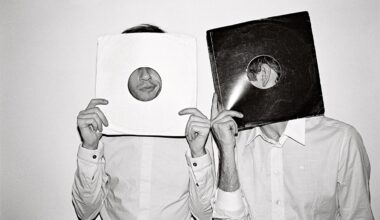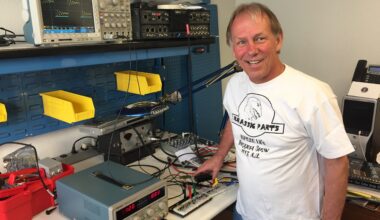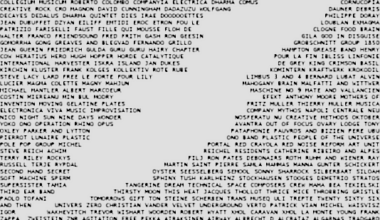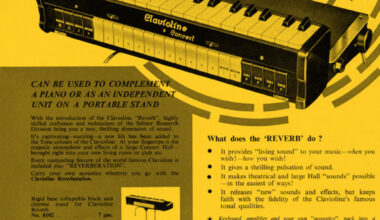Labels said the vocals were “very aggressive” and it barely shifted a copy of its first pressing, so how the heck did Black Box’s ‘Ride on time’ become a global hit?
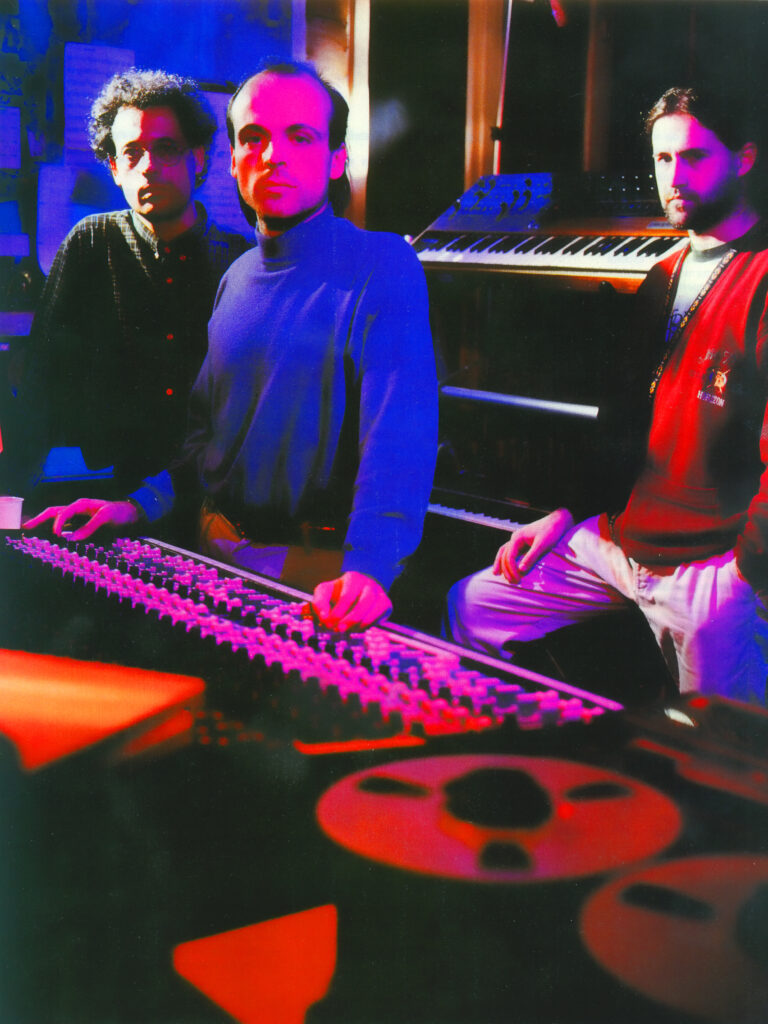
In a dusty room above a garage in northern Italy, a musician brandishes a vacuum cleaner. Scattered along the walls is a guitar, some old keyboards, a half-broken mixer, and a speaker with a wonky tweeter. Outside, a bell tower shatters the silence and next door’s dogs yap in response. In this damp, distracting space in Reggio Emilia, Daniele Davoli is trying to rewrite house music history.
“The bell tower was ding dong, ding dang dong,” recalls Davoli, “and the neighbour’s dogs were woof woof woof. If we were recording vocals, we had to stop. There was no insulation, it was just a bedroom without the bed.”
This story ends well. Davoli will go on to form Black Box, whose ‘Ride On Time’, released in July 1989, popularised choppy Italo house piano lines. But we’re not quite there yet. As the group formed, sample culture had become the socks-and-sandals of dance music: a shortcut for naff. Where Paul Hardcastle once stood, now there was Harry “Loadsamoney” Enfield parodying ‘Pump Up The Volume’. ‘Ride On Time’ was against trend – and its journey to success had more stumbles than the ‘Stutter Rap’.
Davoli was DJ Lelewel, banging out soul and disco hits at Rimini’s Starlight club. The venue had an Akai S900 sampler, which Davoli used to drop vocals into mixes. The sampler came with a free floppy disc which, he says, “had a single piano sound. It was the shittiest piano you could find. That was the one I used!”
Davoli spent his weekends making tea and mixing compilations in the studio of Memory Records’ Stefano Cundari which led to the first DJ Lelewel single ‘House Machine’, a piano-drenched minimalist track that became an opening salvo in the rise of Italo house. For his second effort, ‘Numero Uno’, Davoli forked out £50 for an actual pianist, a keyboard genius named Mirko Limoni. But the sessions faltered and it cost Davoli his studio space.
“Stefano told us to take some time away,” says Davoli. “Mirko said he didn’t think Stefano understood what I was trying to do, but we could finish the track in a friend’s shit little studio.”
That friend was Valerio Semplici, who’d cut his creative teeth at the prestigious Bologna Conservatory. He had vacuum-cleaned the “bedroom without a bed” and put in a mixing desk with such dodgy frequencies that some channels couldn’t cope with hi-hats or kick drums. Although the trio came together as production outfit Groove Groove Melody, it wasn’t enough to pay the bills so Semplici taught clarinet, Limoni spent his mornings laundering restaurant tablecloths, and Davoli kept up the DJing.
In the precious hours they spent together, Semplici worked a Sequential Circuits Prophet 5, Limoni mastered the programming with an Atari (“he can destroy and rebuild music like I could make a plate of pasta”), and Davoli cut up vocals on two Akai S900s, one of which he’d “borrowed” from Starlight.
“I took it back on the Thursday before they realised,” he laughs.
Groove Groove Melody had more aliases than Inspector Clouseau, making their biggest mark with The Mixmaster’s ‘Grand Piano’ and Starlight’s ‘Numero Uno’ – yes, named after the club. But creating ‘Ride On Time’ was a tougher call, and they spent weeks gluing together vocals from Loleatta Holloway’s 1980 tune ‘Love Sensation’. It was taking so long that they ditched their intended “good vibration” signature vocal because other sample outfits beat them to it.
“We knew we had something good, but we couldn’t close the circle,” says Davoli. “It took us a month and a half to figure out the vocals, and I remember always going home with a headache. We came in with excitement and went home defeated every day.”
When it was finished, Davoli dropped ‘Ride On Time’ in Starlight for the first time. The result wasn’t quite what they expected.
“It completely cleared the floor,” says Davoli. “Not one person was left. It was heartbreaking.”
The record companies were even less forgiving: the major labels in Milan demanded different vocals.
“They said she screams from start to end – you’re going to scare the people away. It should be a bit more like Kylie Minogue. We said, ‘Fuck that’, the vocal is the best thing on the record.”
It barely sold a fifth of its first pressing. And that, it would seem, would be the end of it. Salvation came from a record shop 1,000 miles away on the Balaeric island of Ibiza. Its owner was an Italian who’d stacked his shelves with Italo house imports. One of his customers was DJ Alfredo: he’d dropped ‘Numero Uno’ to pilled-up partiers at the influential terrace club Amnesia. He may as well have tied ‘Ride On Time’ to a rocket and fired it across the world.
Back in the UK, DJ Mike Pickering, later of M People fame, signed Black Box to Deconstruction.
“A BBC journalist came to Starlight while I was DJing and told us our records were the biggest records in England” laughs Davoli. “A week later, we were in London doing interviews all day. We’d never experienced anything like it.”
Shortly into its stay at UK Number One, Loleatta Holloway’s lawyers sued, and the track’s vocals were switched for a close impression (reportedly M People’s Heather Small). For Davoli, it was a minor glitch. ‘Ride On Time’ became the biggest selling UK single of 1989, and Starlight and The Mixmaster both scored Top 10 hits. He became resident DJ with Mike Pickering at the Hacienda in Manchester and, later, with Paul Oakenfold at Pacha in Ibiza.
“I was catching more planes than coffees,” he says. “It was a dream come true: even Duran Duran asked us to produce them. When the money started coming in, we bought a new mixer and a new sampler. We wanted a proper studio, and finally we had it.”
‘Ride On Time’, featuring the original vocal sample, is on Black Box’s ‘Superbest’ album which is out on Groove Groove Melody
